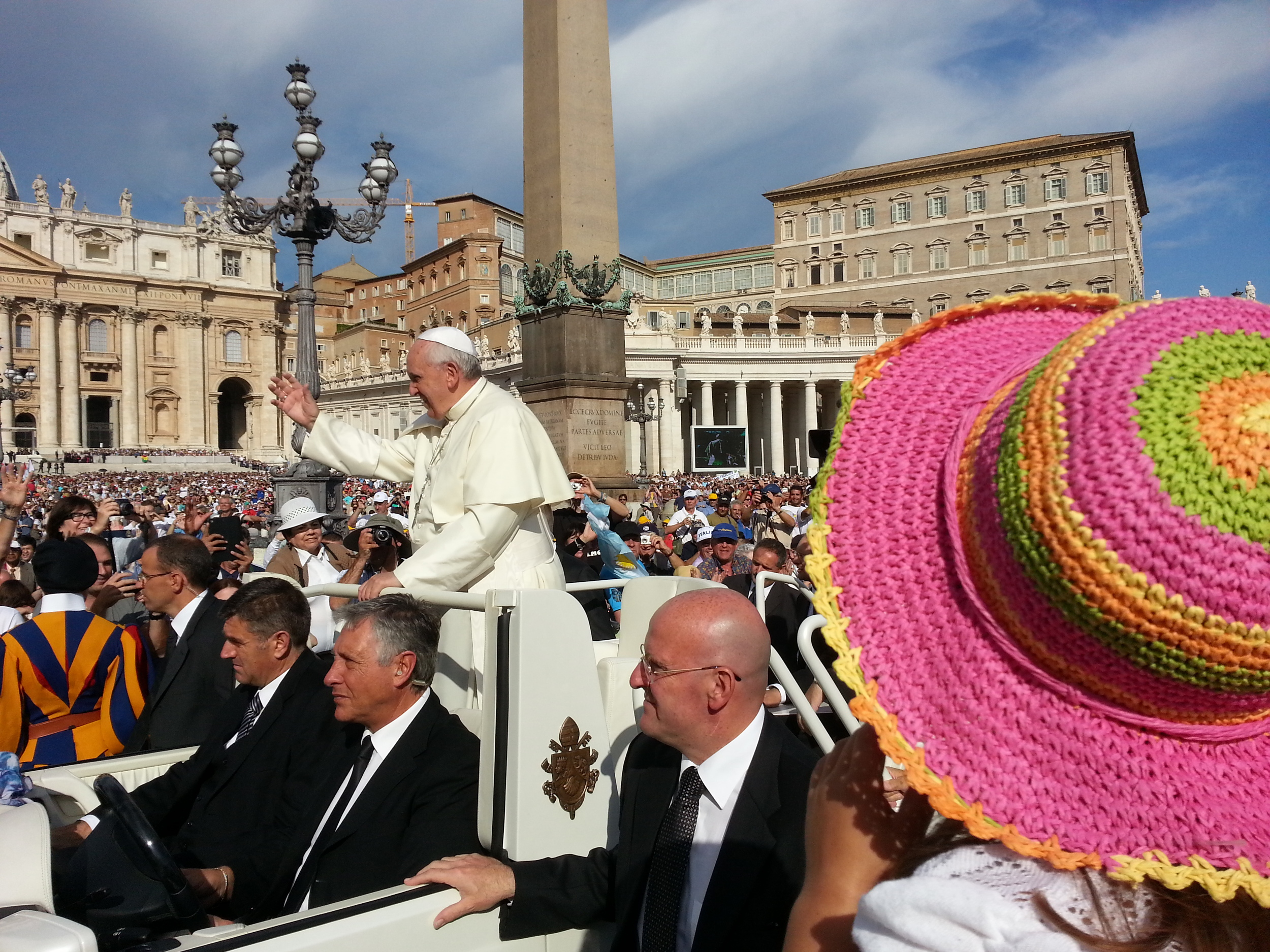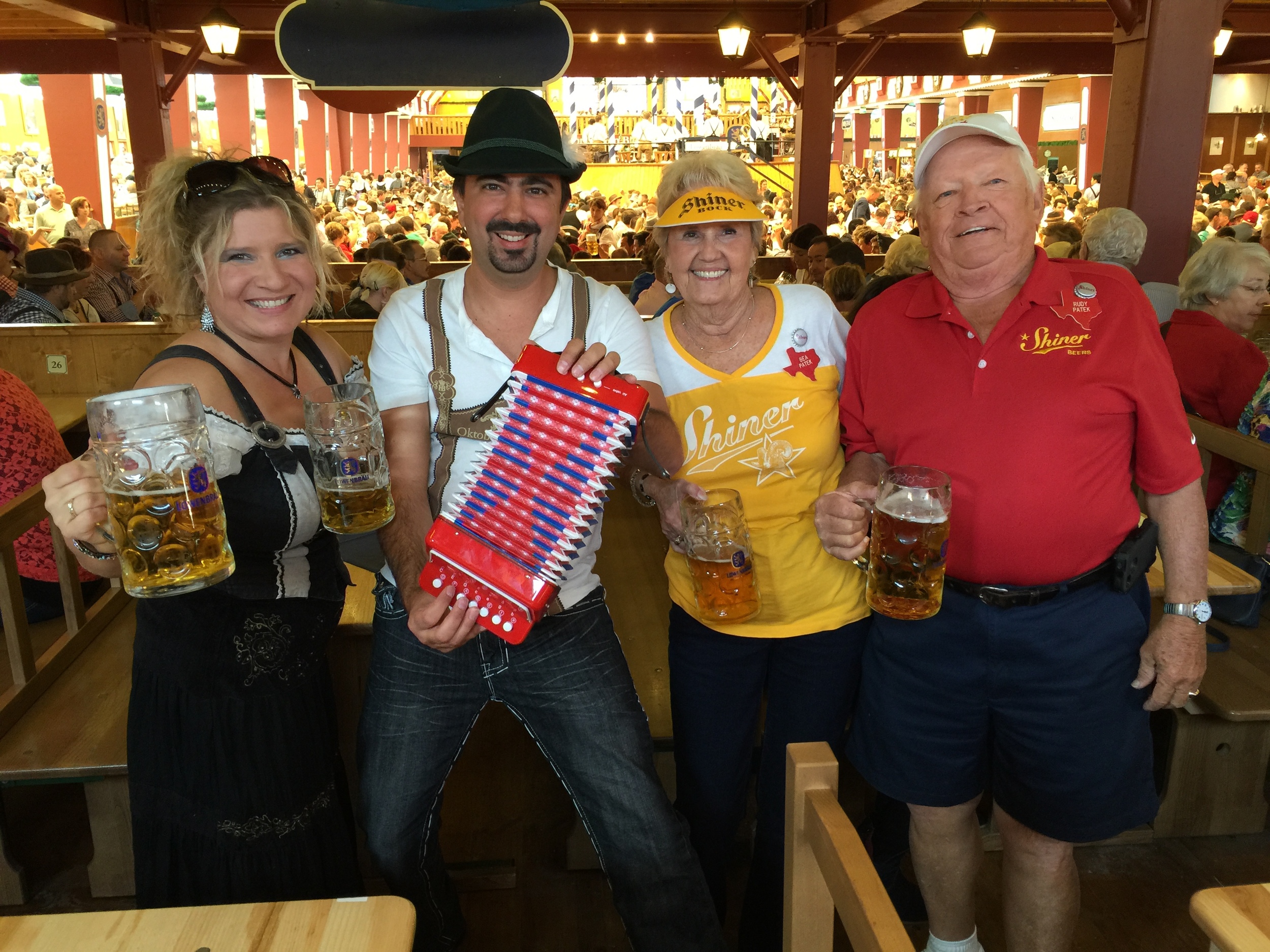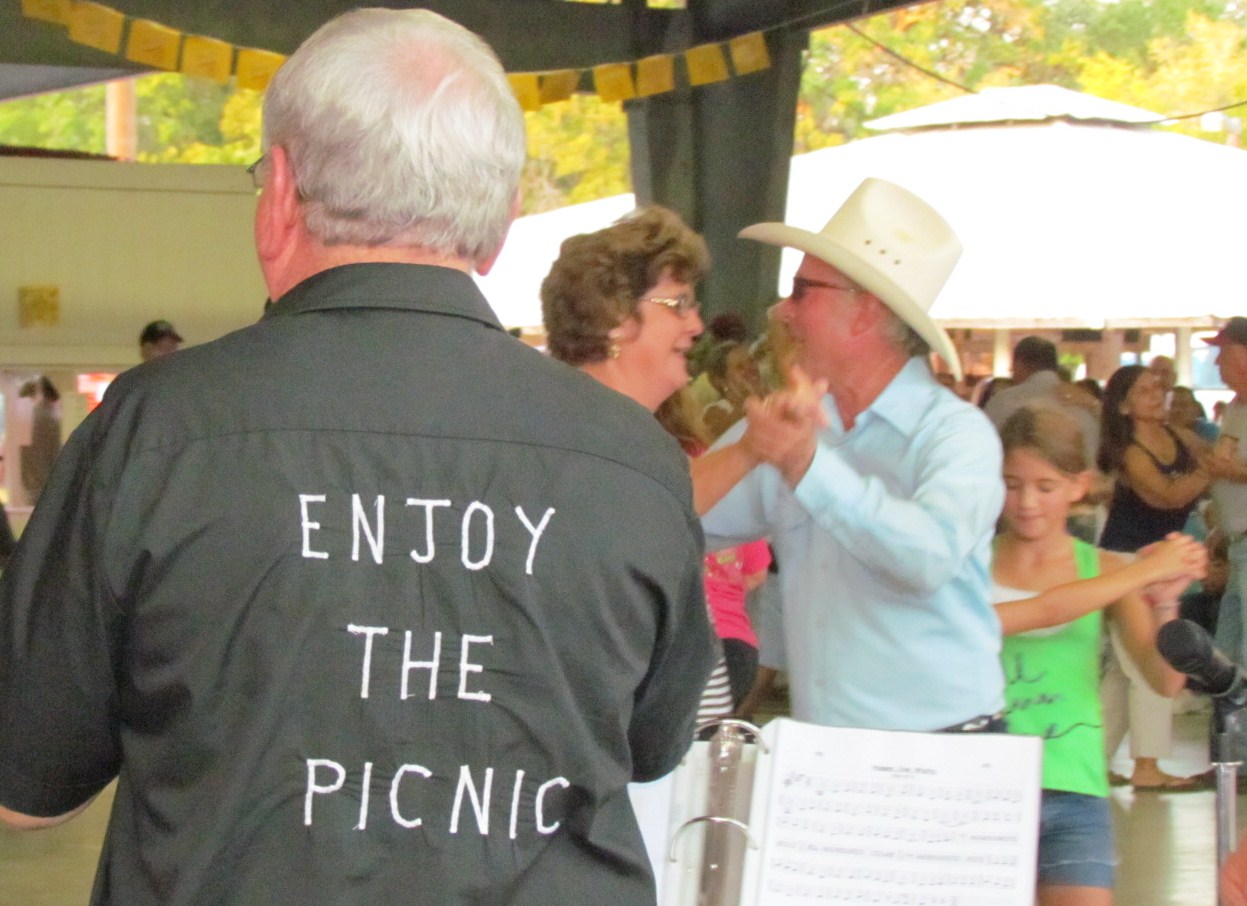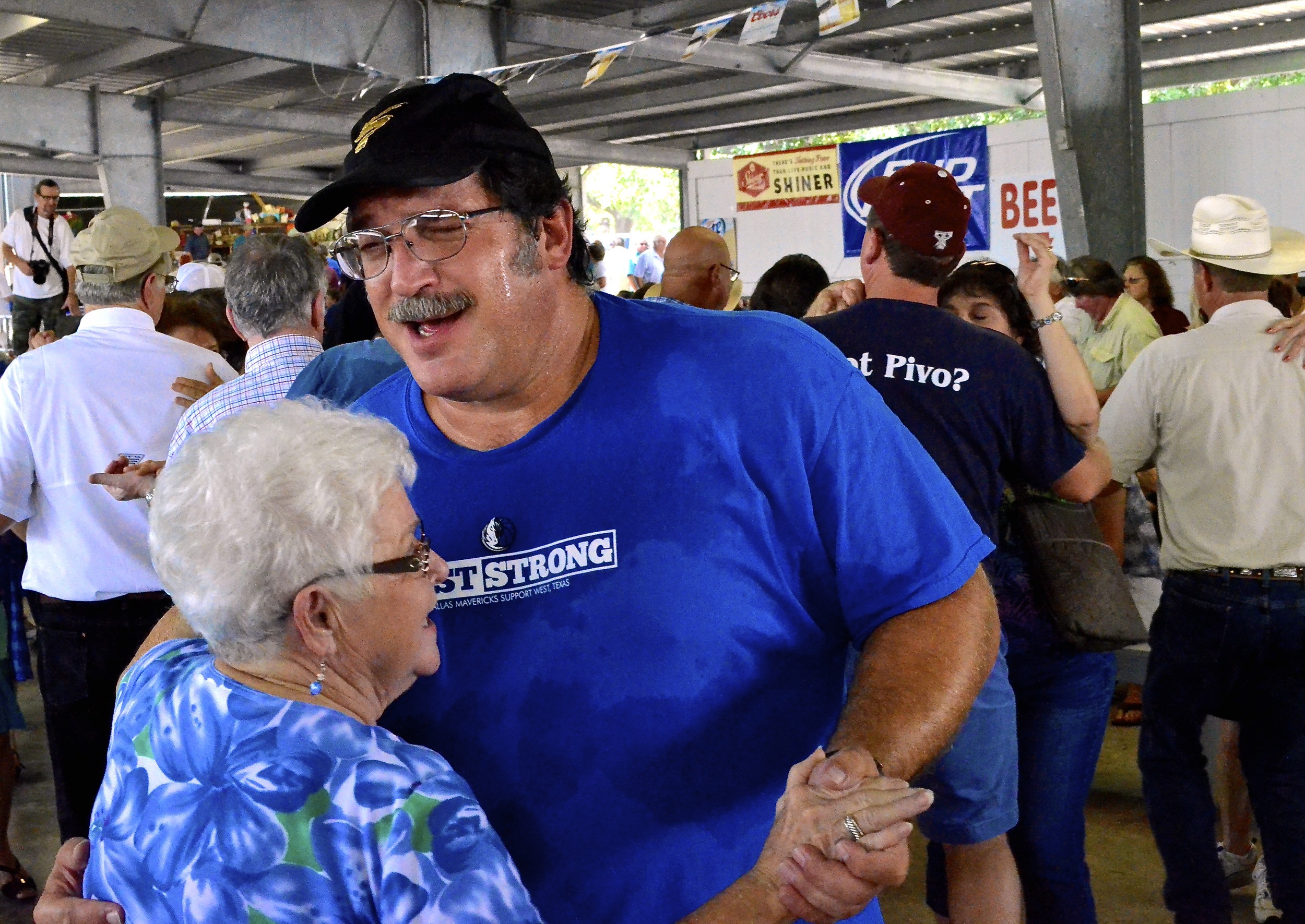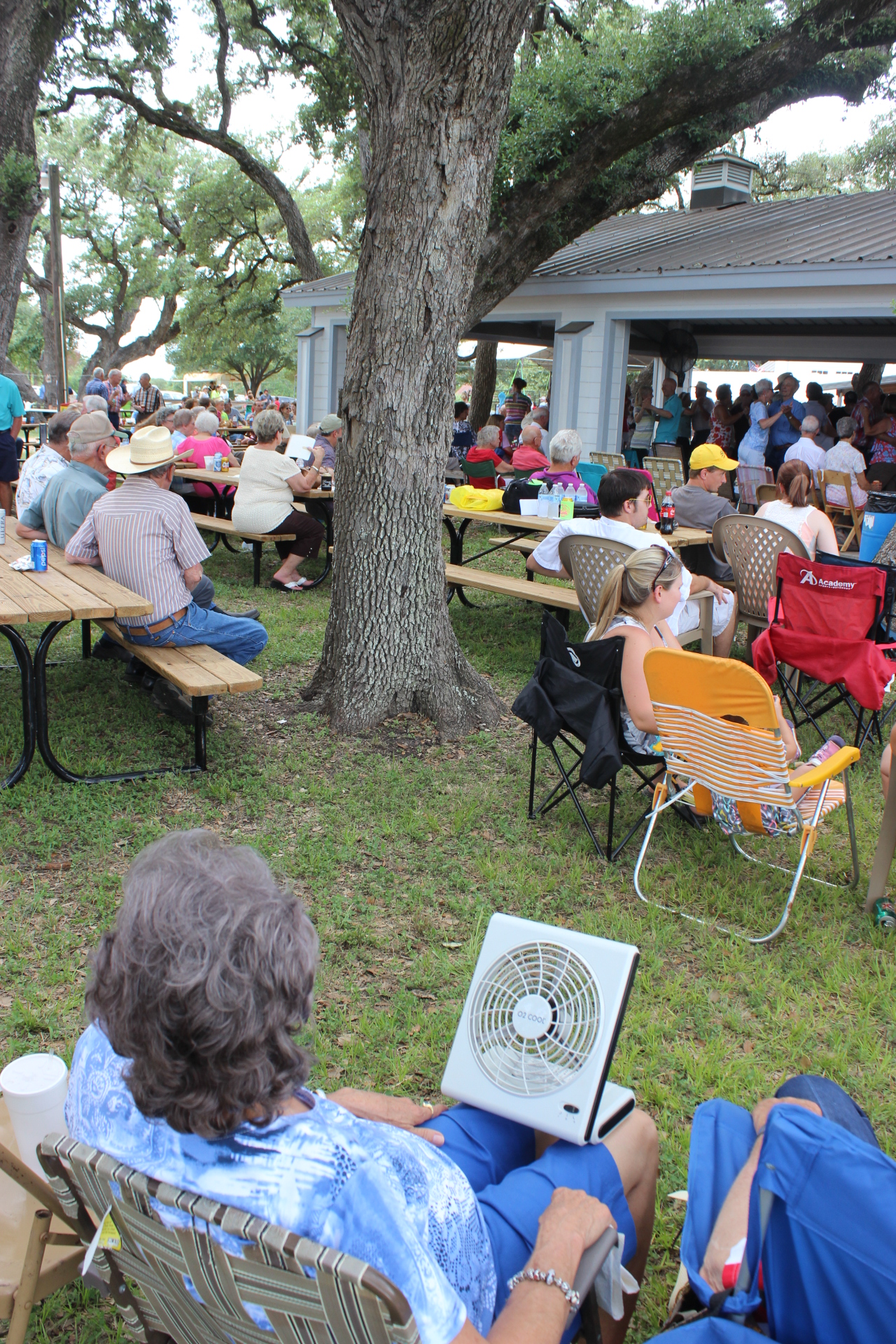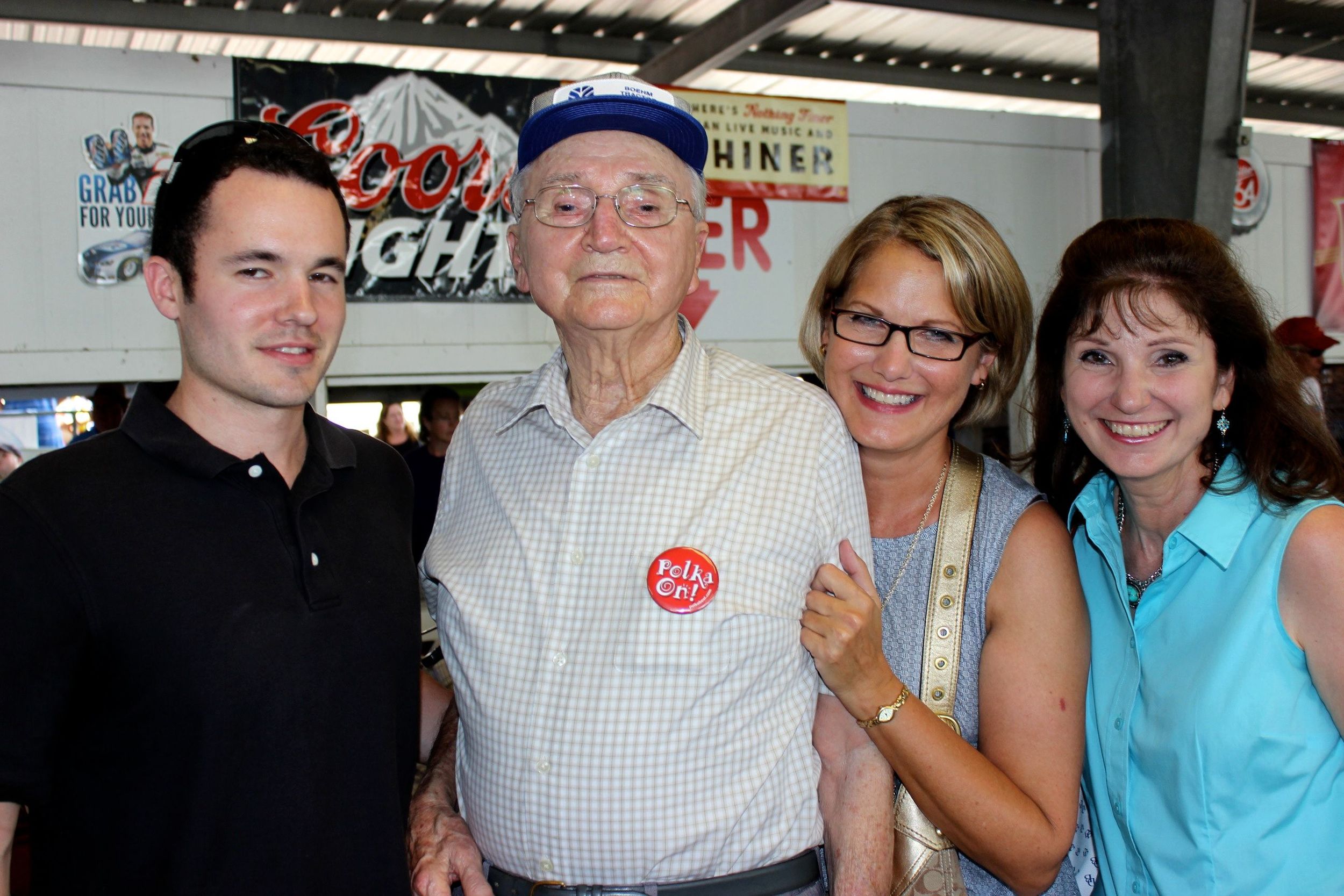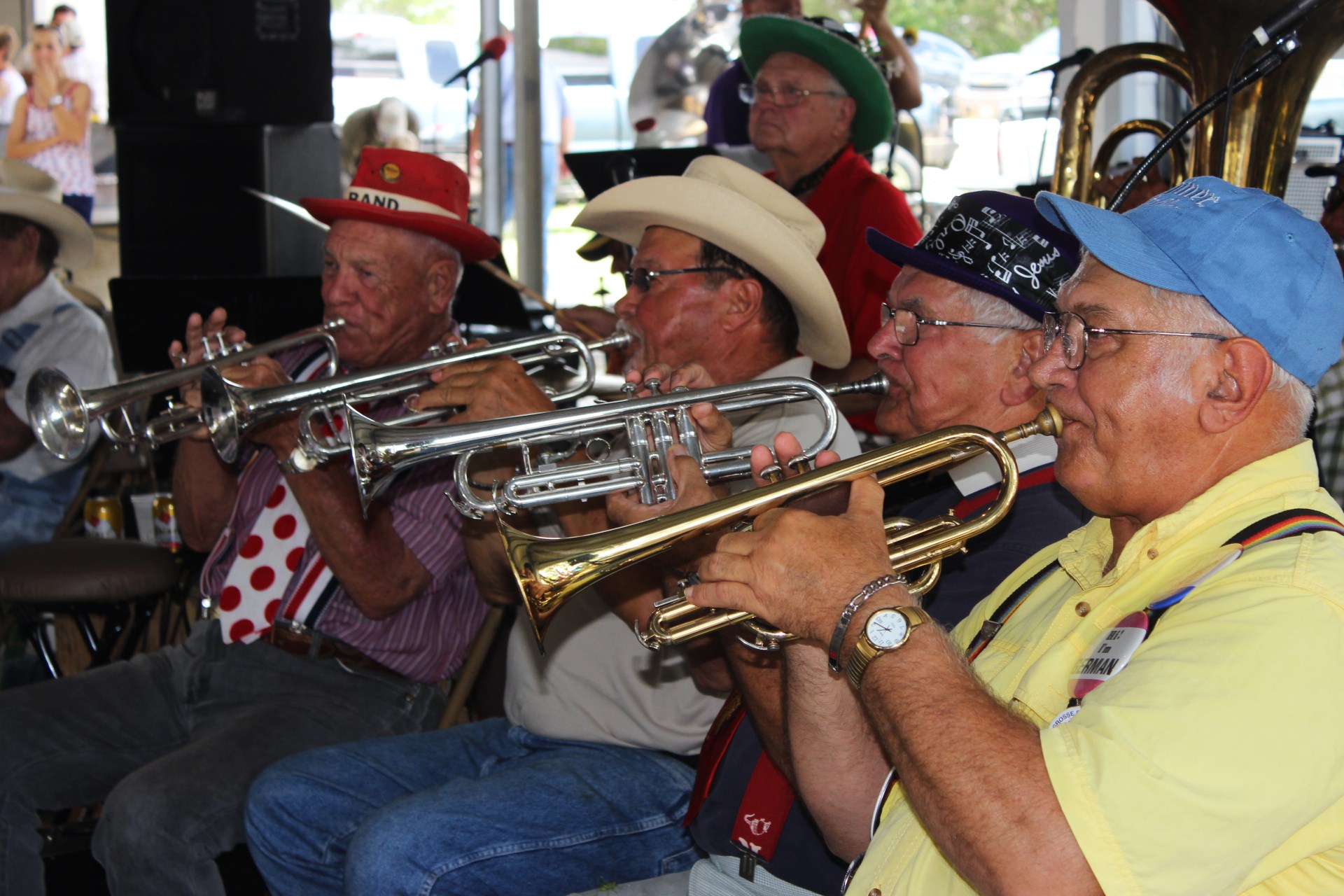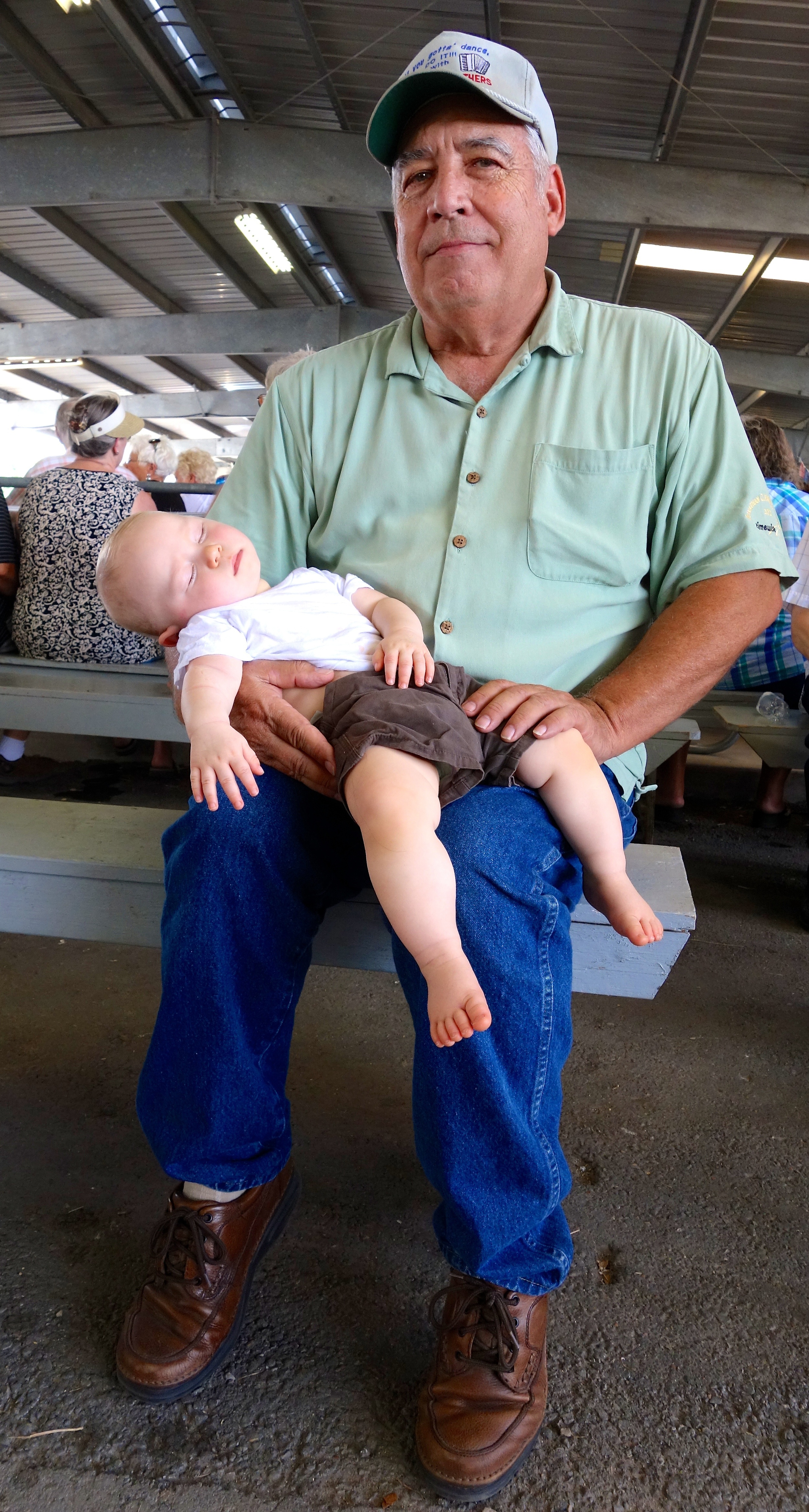Fourteen Fayette County students accepted Texas Dance Hall Preservation’s challenge to create art depicting the county’s rich dance hall history. “They were all amazing entries,” TDHP President Deb Fleming said. “It was great to see dance hall history come alive through the eyes of these young, talented artists.”
First place went to Allyson Hoffman, a junior at Fayetteville High School, for her colored pencil drawing of Sengelmann Hall. Second place went to Hector Aguilar, a sophomore at Round Top Carmine (RTC) High School, for his drawing of antique cars outside a dance hall. Third place went to Justin Hickman, a senior at RTC, for his drawing of a band playing at the Chicken Ranch Dance Hall layered on top of a Fayette County Record newspaper. Alyssa Hayden, a RTC junior, received honorable mention for her 3D representation of Sengelmann
Hall.
The art was displayed at the TDHP fundraiser on Nov. 12. Each contestant received a signed print of Cat Spring Agricultural Hall by Fayetteville artist Pat Johnson, and a Polka On! goodie bag from Texas Polka News and polkabeat.com. The four winners also received cash prizes and a Polka On! tote bag, along with a one-year subscription to the Texas Polka News.
The winners shared why they entered the contest and their future plans.

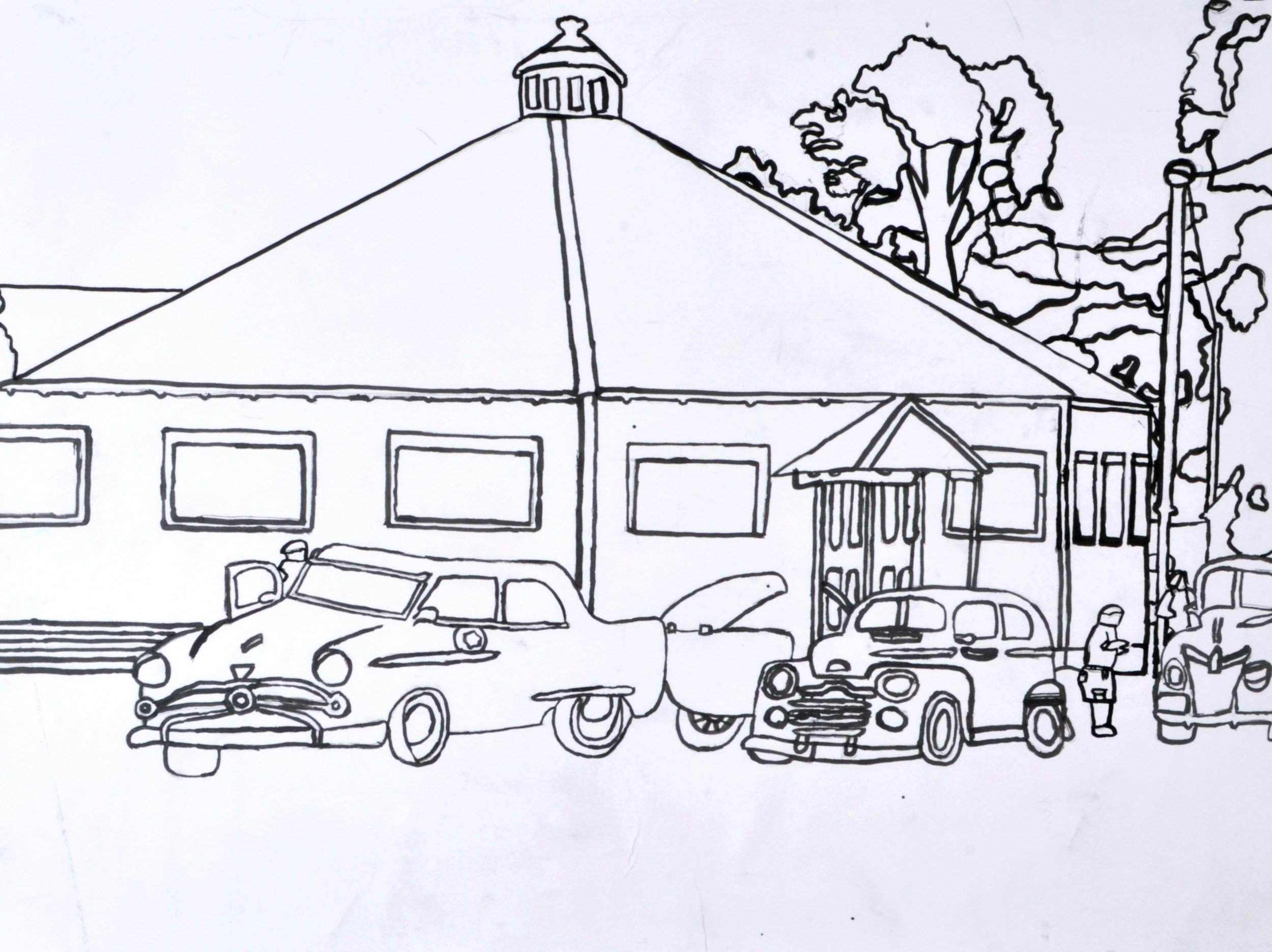
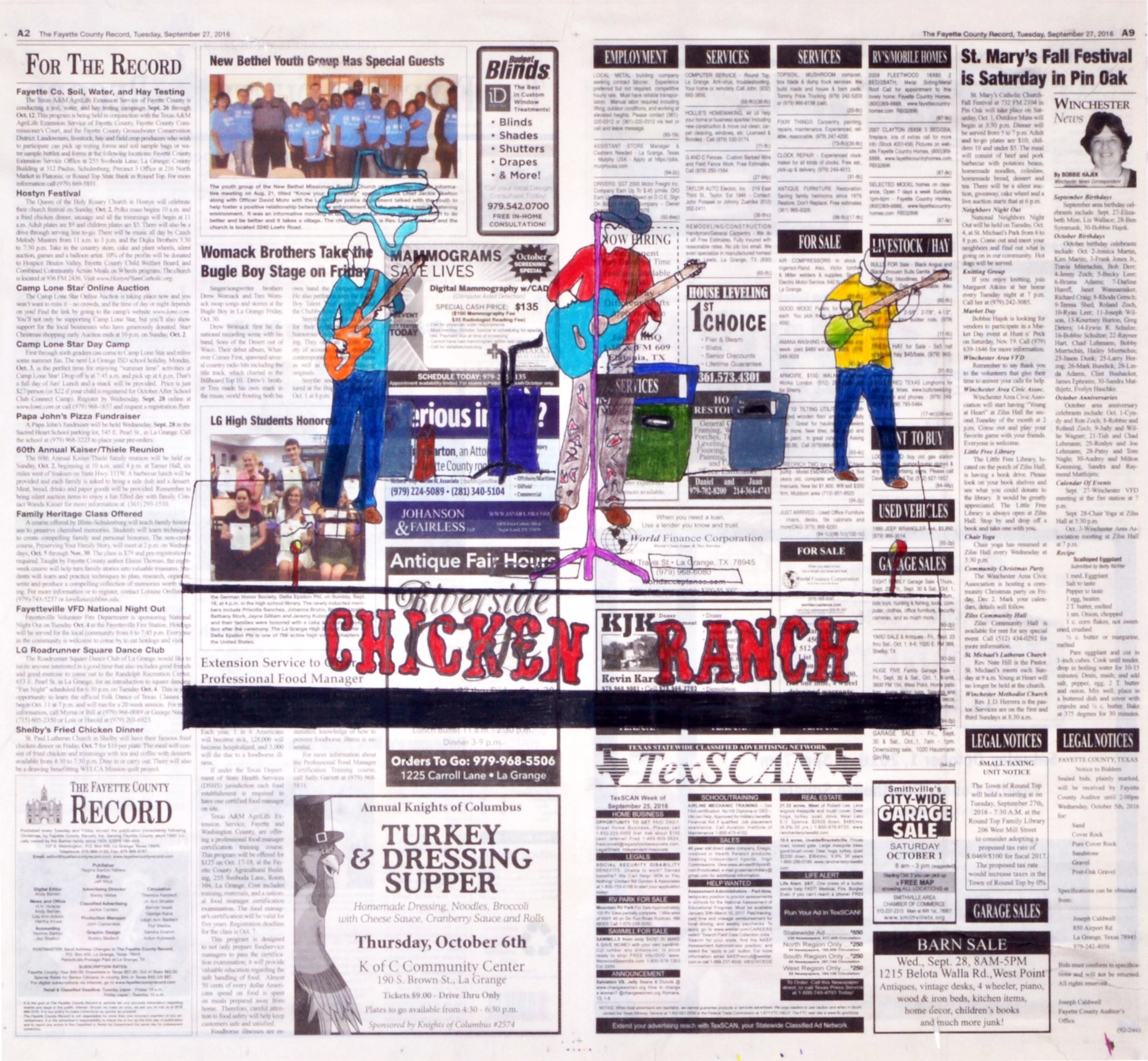
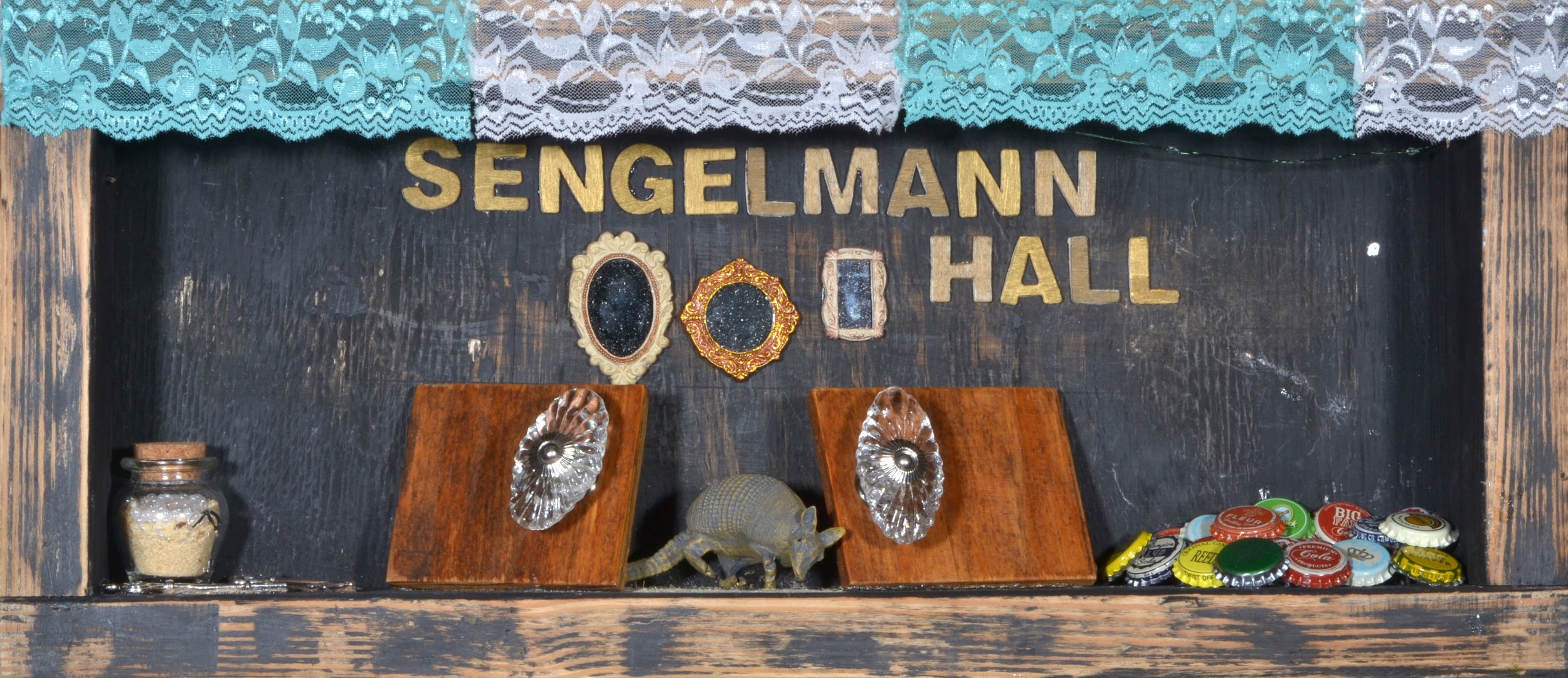
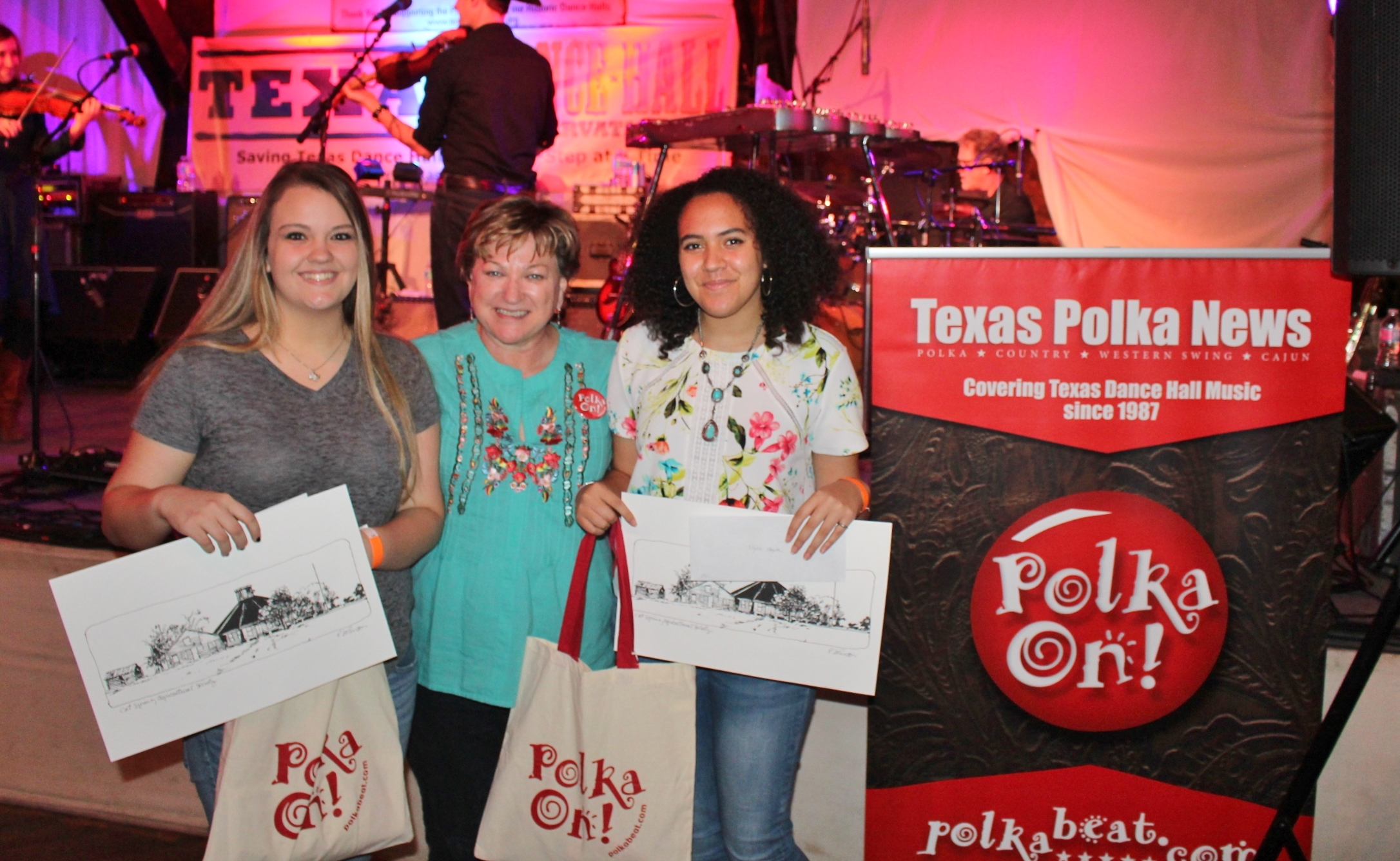
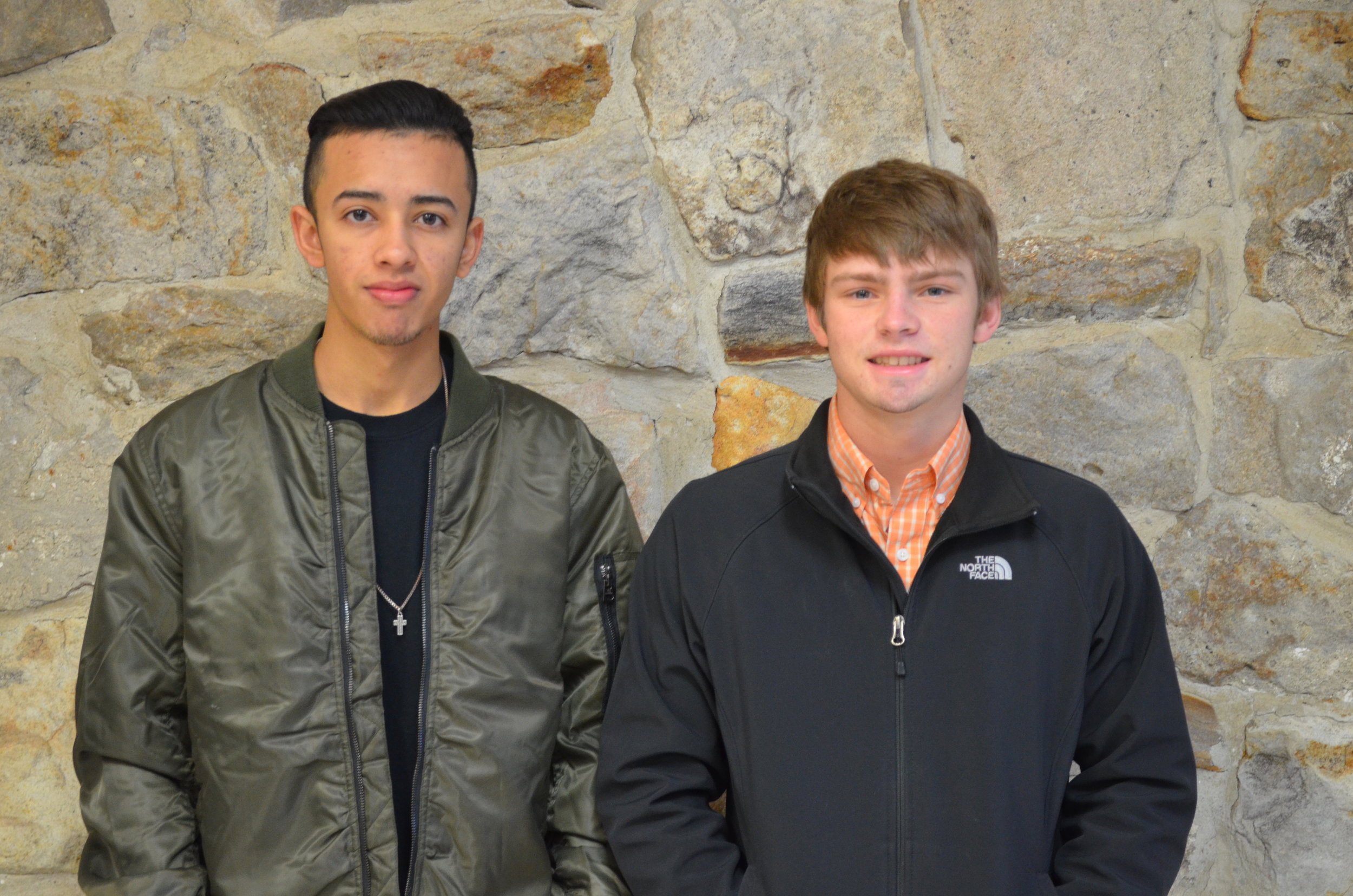










ALLYSON HOFFMANN, First Place
I decided to enter the contest so that I could grow as an artist. I wanted to do Sengelmann Hall because of the detail in the architecture. I have been to many Fayette Co. dance halls, like the
SPJST hall in Fayetteville, Swiss Alp, and a few others. I think it’s important to preserve
the dance halls because it’s a part of our Texas history. Buildings like these are no longer constructed. I plan on pursuing a career in art.
HECTOR AGUILAR, Second Place
I am new to Fayette County, so the art competition seemed like a good way to learn about the history of the area. I have never been to a dance hall in Fayette County, but after researching
them I want to go and hear some good music! Preservation of the dance halls is very important because it is the same as preserving the culture and the heritage of the people here.
JUSTIN HICKMAN, Third Place
I entered the competition because I love living in Fayette County and the dance halls are a big part of growing up here. I have been to just about every dance hall in Fayette County. I really enjoy dancing and listening to good Texas country music. Maintaining the dance halls in Fayette County is important because it is a major piece of the culture and history of this area. I would like to attend TSTC after high school to become a diesel mechanic.
ALYSSA HAYDEN, Honorable Mention
I entered the dance hall competition because I admire antiques and history. This gave me a chance to express my appreciation on a larger scale. My piece allowed me to create a representation of Sengelmann Hall without using conventional drawing tools. I have been to Zapp Hall, RoundTop Rifle Hall, Carmine Hall, and the Round Up Hall! Preservation of the dance halls is important because it gives people a glimpse at how things used to be. My goal is to major in International Business and Marketing.

